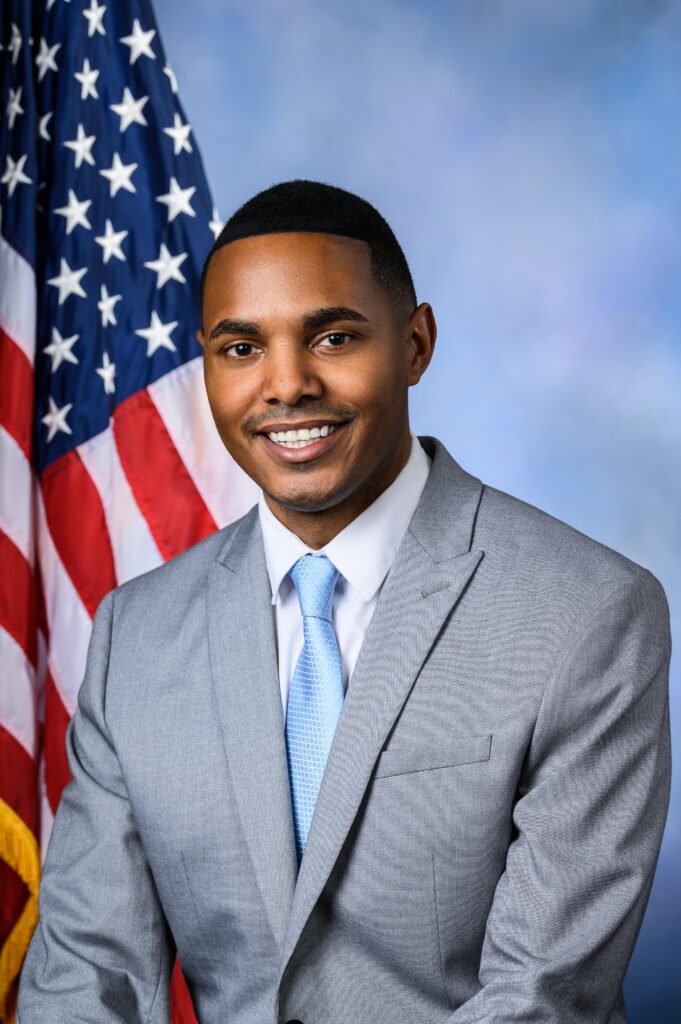Urgent Alert from Rep. Torres on SNAP and Medicaid Cuts in the Bronx
Congressman Ritchie Torres has raised a critical alarm regarding the proposed reductions in funding for SNAP and Medicaid, emphasizing the severe repercussions these cuts would have on Bronx families already facing significant economic challenges. He stresses that slashing these programs threatens to dismantle essential support systems for thousands, potentially escalating food insecurity and restricting access to vital healthcare services. Given the Bronx’s dense population and persistent poverty levels, such budget cuts could trigger increases in homelessness, malnutrition, and preventable health conditions.
To illustrate the district’s fragility, Torres shared key data points:
- More than 200,000 Bronx residents rely on SNAP benefits each month
- Medicaid enrollment accounts for over 40% of the borough’s population
- Unemployment rates in the Bronx consistently surpass the national average, intensifying dependence on social safety nets
He urges policymakers to weigh the long-term social and economic fallout of funding cuts, advocating for sustained investment in programs that have proven effective in alleviating poverty and fostering community resilience.
| Program | Bronx Beneficiaries | Likely Consequences of Funding Reductions |
|---|---|---|
| SNAP | 200,000+ | Heightened food insecurity and hunger |
| Medicaid | 300,000+ | Limited healthcare access and services |
| Public Housing Assistance | 50,000+ | Increased homelessness risk |
Medicaid Cuts Jeopardize Healthcare Access in Vulnerable Communities
Funding reductions to Medicaid pose a significant threat to the healthcare framework in underserved neighborhoods like the Bronx, where Rep. Torres has been a steadfast advocate. With a large segment of residents depending on Medicaid for essential medical care, these cuts could result in:
- Decreased availability of primary care and preventive health services, worsening chronic disease management.
- Shuttering of community health centers and safety-net hospitals, which are crucial for low-income families.
- Surges in emergency room visits, further burdening already strained healthcare systems.
Healthcare professionals warn that these funding cuts may lead to longer wait times and fewer treatment options, disproportionately affecting seniors, children, and economically disadvantaged populations. Beyond immediate health concerns, the economic consequences could destabilize the community further, eroding decades of public health advancements.
| Area of Impact | Potential Outcome |
|---|---|
| Healthcare Access | Fewer specialists and clinic services available |
| Community Health | Increase in untreated chronic conditions |
| Economic Stability | Job losses among healthcare workers |
Ripple Effects of SNAP and Medicaid Cuts on Bronx Economy and Employment
The proposed budget cuts to SNAP and Medicaid under the previous administration threaten to destabilize the economic foundation of Bronx neighborhoods, where local businesses rely heavily on the purchasing power of program beneficiaries. SNAP recipients contribute an estimated $1.3 billion annually to neighborhood grocery stores, bodegas, and farmers’ markets. A significant reduction in these funds would lead to fewer sales, diminished revenues, and potentially widespread business closures. This economic downturn would cascade, jeopardizing thousands of jobs—many held by individuals who themselves depend on these social programs.
The negative impact extends beyond direct consumer spending. Suppliers providing goods to local retailers—from fresh produce to household essentials—would also experience reduced demand. Analysts predict a 20-30% decline in employment within sectors tied to these programs if cuts are implemented. Below is a detailed overview of the anticipated economic and employment impacts in the Bronx related to SNAP and Medicaid beneficiaries:
| Industry | Projected Annual Revenue Loss | Estimated Job Losses |
|---|---|---|
| Grocery and Convenience Stores | $450 million | 3,200 |
| Farmers’ Markets and Food Suppliers | $210 million | 1,100 |
| Healthcare and Social Services | $620 million | 4,500 |
- Declining consumer expenditure reduces sales for small business owners.
- Job insecurity rises in industries directly and indirectly reliant on public assistance.
- Weakening of local economies undermines tax revenues and public service funding.
Strategies to Defend Social Safety Net Programs in the Bronx
In response to looming federal budget cuts, Representative Torres is leading a collaborative effort to protect the critical social safety nets that hundreds of thousands of Bronx residents depend upon. By partnering with community organizations, healthcare providers, and local leaders, these advocacy initiatives aim to elevate the concerns of those most impacted. The focus is on policy reforms that emphasize fairness and accessibility, ensuring that budget decisions do not compromise the health and nutrition of vulnerable families.
Among the key policy measures championed by Rep. Torres are:
- State-level funding programs designed to offset potential federal shortfalls
- Expanded outreach and enrollment efforts to increase participation in existing social programs
- Legislative transparency mandates to clearly communicate the effects of funding cuts on community health and nutrition
| Policy Initiative | Anticipated Benefit |
|---|---|
| Augmented State Funding | Maintain uninterrupted service delivery |
| Outreach and Enrollment Expansion | Increase program uptake and coverage |
| Transparency in Legislation | Enhance public and policymaker awareness |
Conclusion: The Critical Need to Protect Bronx Social Programs
As federal budget discussions continue in Washington, Rep. Torres’s warnings bring into sharp focus the real-world consequences of policy decisions on local communities. For Bronx residents, many of whom depend on SNAP and Medicaid, proposed funding cuts could severely restrict access to essential nutrition and healthcare services. The ongoing debate highlights the delicate balance between fiscal policy and the urgent needs of vulnerable populations, underscoring the importance of safeguarding these vital programs to ensure community stability and well-being.













